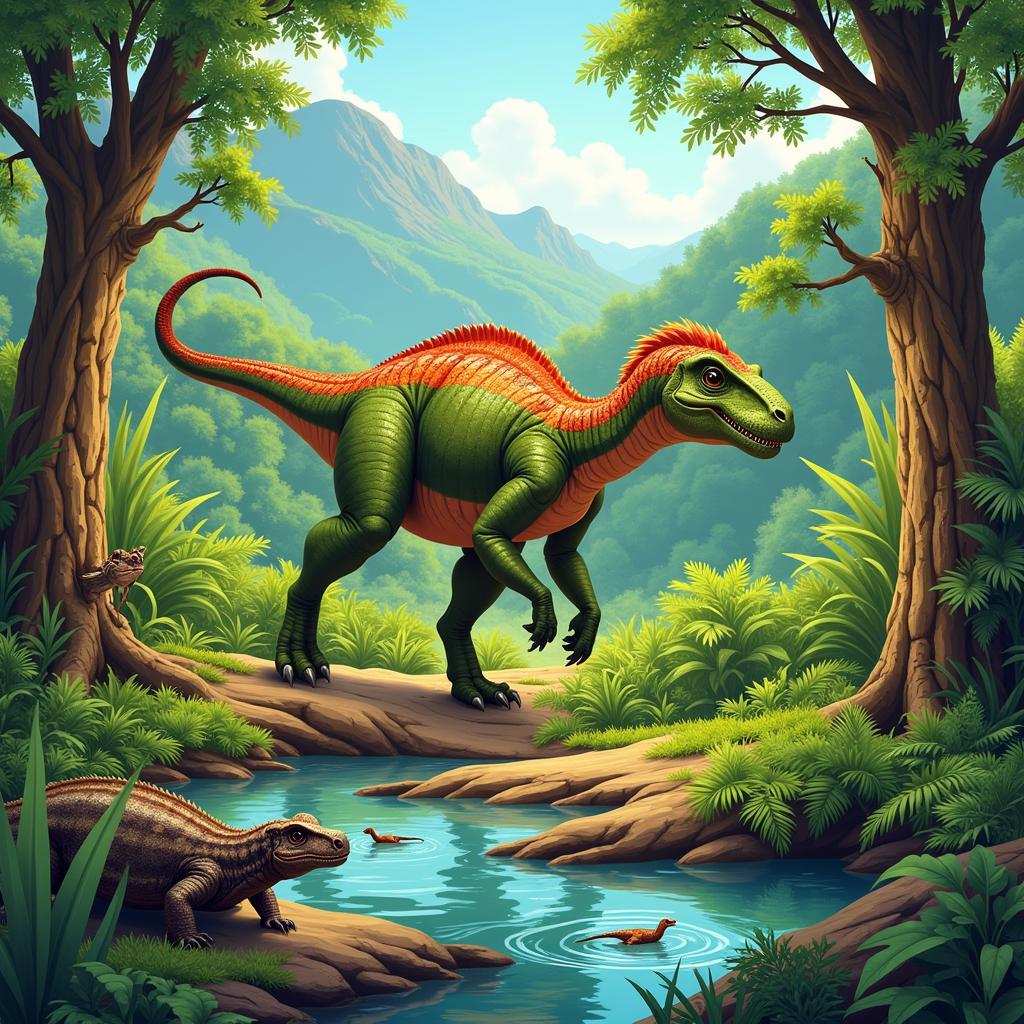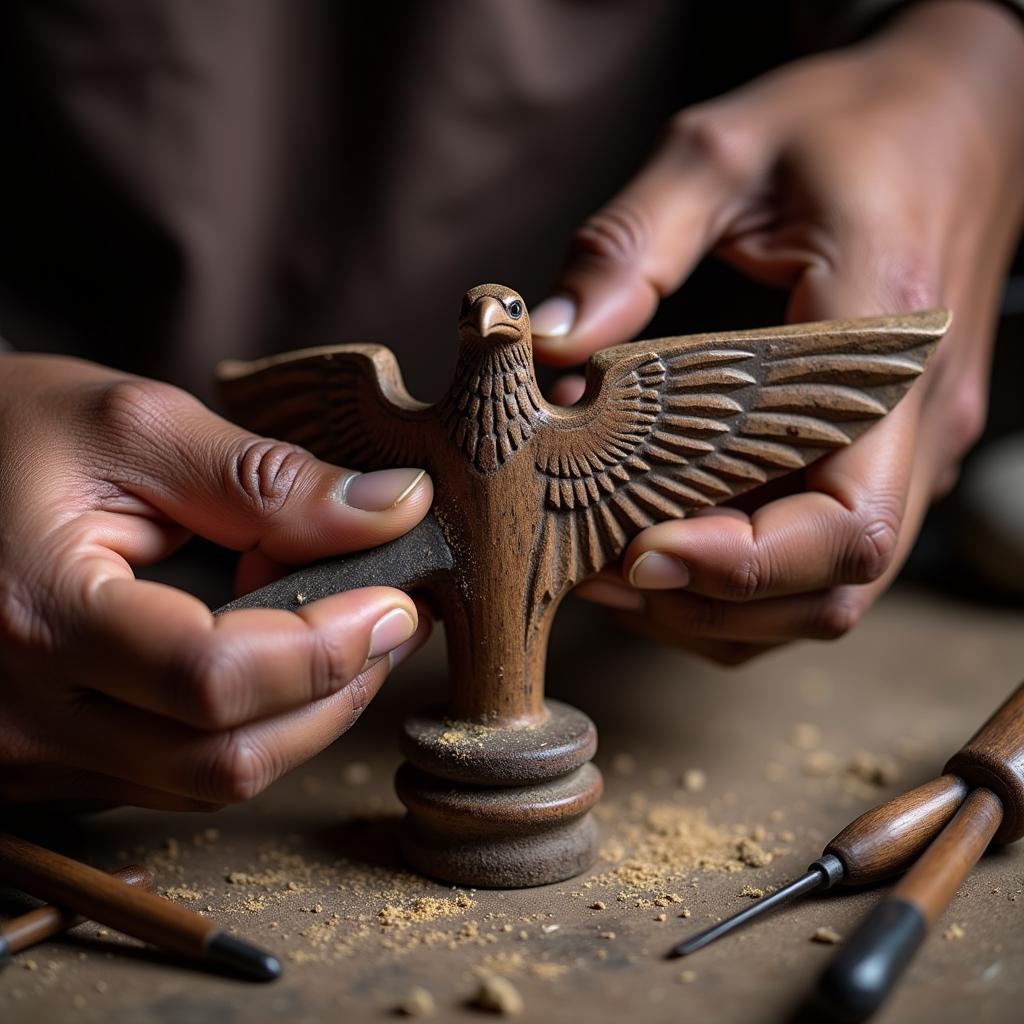Exploring the Dynamic World of African Dance Moves 2019
African dance moves in 2019 reflected the continent’s vibrant and evolving culture, blending traditional styles with modern influences. From the energetic rhythms of Afrobeat to the soulful expressions of Amapiano, dance remained a powerful form of storytelling, celebration, and social commentary across Africa. This article delves into the captivating world of African dance moves, exploring their rich history, diverse forms, and the cultural significance they hold. We’ll look back at some of the key trends and influences that shaped the African dance scene in 2019.
The Evolution of African Dance: A Journey Through Time
African dance is not a monolithic entity but a tapestry of diverse styles woven together by the threads of history and tradition. Each region boasts its unique movements, rhythms, and costumes, reflecting the specific cultural narratives of its people. From the ancient ceremonial dances of the San people to the contemporary expressions found in urban dance studios, African dance continues to evolve, adapting to the changing times while staying true to its roots. The year 2019 was particularly exciting, showcasing a dynamic blend of established and emerging dance forms.
One notable trend in 2019 was the rising popularity of South African rapper Costa Titch, whose music and energetic dance moves resonated with a global audience. His unique style fused elements of Pantsula, a South African township dance, with global hip-hop influences.
Tracing back, traditional African dance served as a vital means of communication, expressing emotions, sharing stories, and celebrating life’s milestones. These dances were deeply intertwined with spiritual beliefs, rituals, and social gatherings. The movements often mimicked animals, natural phenomena, or everyday activities, creating a powerful connection between the dancers and their environment. Over time, these traditional forms have inspired new interpretations and contemporary styles, giving rise to a vibrant and ever-evolving dance scene across the continent.
You might be interested to explore the vibrant African festival 2019 scene, which offered a fantastic platform to witness these dynamic dance forms.
Key Dance Styles that Marked 2019
2019 saw a surge in popularity of several distinct African dance styles:
- Afrobeat: Fueled by the global popularity of artists like Wizkid and Davido, Afrobeat dance moves, with their infectious energy and rhythmic precision, became a staple in dance studios and social gatherings worldwide.
- Amapiano: Originating in South Africa, Amapiano, a subgenre of house music, brought with it a unique dance style characterized by fluid movements and groovy footwork. Its influence quickly spread across the continent and beyond.
- Gwara Gwara: This energetic Zimbabwean dance, with its distinctive arm and leg movements, continued to captivate audiences, becoming a viral sensation on social media platforms.
These are just a few examples of the many captivating dance styles that graced the African dance scene in 2019. Each style offered its unique flavor, contributing to the rich tapestry of movement and expression that defines African dance. For those interested in the musical landscape that fueled these dance moves, you can explore popular African dance songs 2019.
The Cultural Significance of African Dance Moves
What is the significance of African dance? African dance is more than just entertainment; it is an integral part of the continent’s cultural identity. It plays a vital role in:
- Storytelling: Many traditional dances narrate historical events, myths, and legends, preserving cultural heritage and passing it down through generations.
- Social Cohesion: Dance serves as a unifying force, bringing communities together in celebration, mourning, and ritualistic practices.
- Self-Expression: African dance allows individuals to express their emotions, creativity, and individuality through movement.
“African dance is a living embodiment of the continent’s rich history and vibrant spirit,” says Dr. Adeola Ogungbemi, a renowned ethnomusicologist specializing in African dance traditions. “It is a powerful form of communication that transcends language and connects people to their cultural roots.”
The Future of African Dance
African dance continues to evolve, embracing new influences while staying true to its rich heritage. With the increasing globalization of culture, African dance moves are gaining wider recognition and appreciation worldwide. The future of African dance is bright, promising even more innovation, creativity, and captivating expressions of movement.
“The dynamism of African dance lies in its ability to adapt and innovate,” adds Professor Kofi Asante, a leading scholar of African performing arts. “As new generations embrace these traditions, we can expect to see even more exciting developments in the years to come.”
Conclusion: African Dance Moves 2019 and Beyond
African dance moves in 2019 showcased the continent’s vibrant cultural landscape and the dynamic evolution of its dance traditions. From traditional ceremonies to contemporary fusions, African dance remains a powerful form of expression, storytelling, and social commentary. As we move forward, we can anticipate even more captivating movements, innovative styles, and global appreciation for the rich tapestry of African dance.
FAQ
- What are some popular African dance styles? Some popular styles include Afrobeat, Amapiano, Gwara Gwara, Azonto, and Coupé-Décalé.
- What is the cultural significance of African dance? African dance plays a vital role in storytelling, social cohesion, and self-expression.
- How is African dance evolving? It embraces new influences while staying true to its rich heritage.
- Where can I learn more about African dance? Research online, attend workshops, or visit cultural centers.
- How can I incorporate African dance into my fitness routine? Look for classes specializing in African dance styles.
- What are some resources for learning about African dance history? Books, documentaries, and academic articles offer valuable insights.
- How can I support African dancers and artists? Attend performances, purchase music, and follow artists on social media.
Further Exploration
Consider exploring other relevant articles on our website related to African music, festivals, and cultural traditions.
Need Help?
For assistance or further inquiries, please contact us:
Phone: +255768904061
Email: kaka.mag@gmail.com
Address: Mbarali DC Mawindi, Kangaga, Tanzania.
Our customer service team is available 24/7.

